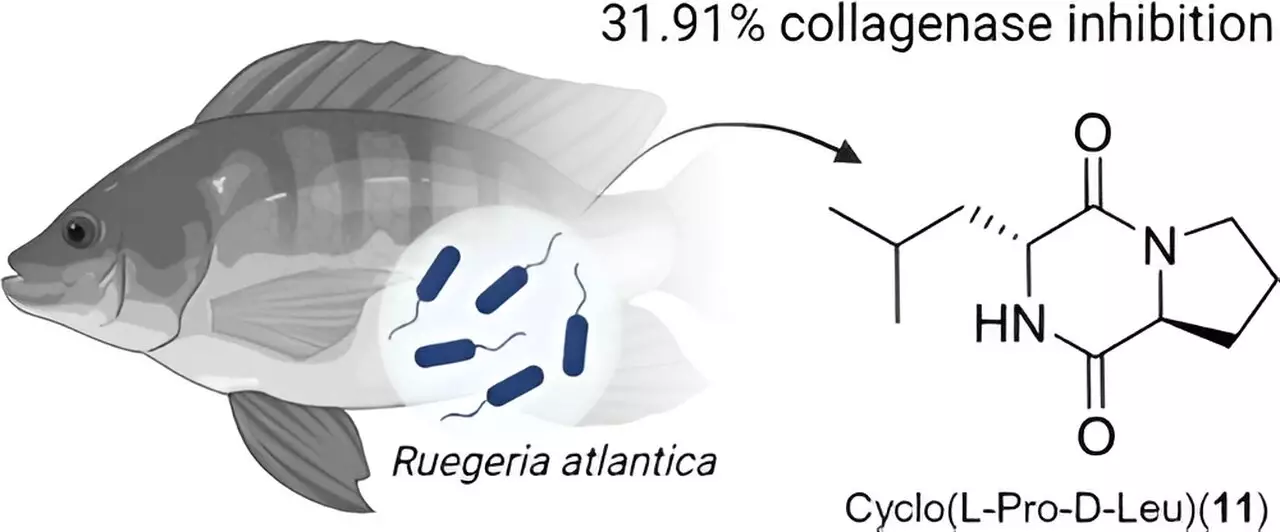The world of cosmetics has long been known for its reliance on unconventional ingredients. From the restorative properties of snail mucin to the trending use of bee venom, the quest for effective skin treatments often leads to surprising sources. However, recent scientific discoveries suggest that fish gut bacteria may hold the key to the future of skincare. This radical shift in perspective exemplifies how the pouch of unused potential in nature can be tapped into for innovating beauty products.
Researchers, including Hyo-Jong Lee and Chung Sub Kim, have embarked on a journey to explore the gut microbiomes of fish species, specifically the red seabream and blackhead seabream. These fish inhabit the nutrient-rich waters of the western Pacific Ocean and, intriguingly, their gut bacteria produce unique molecules. Despite gut microbes being an overlooked area in cosmetics, their potential has caught the attention of the scientific community, pushing the boundaries of traditional cosmetic ingredients.
History has taught us that groundbreaking discoveries can emerge from the most unlikely of places. The iconic antibiotic penicillin originated from mold that was neglected in a laboratory, while the promising brain cancer treatment Marizomib was developed from microorganisms discovered in deep-sea sediments. Similarly, the fish gut bacteria-mined metabolites present an untapped resource that may revolutionize how cosmetics enhance skin health. By analyzing these compounds, researchers aim to add innovative ingredients that promise not just cosmetic benefits, but healthier skin overall.
Understanding the Mechanism
The potential of these microbial compounds lies largely in their biochemical interactions within human skin. Specifically, the study highlighted the ability of three identified molecules from the red seabream’s bacteria to inhibit the actions of tyrosinase and collagenase enzymes. Tyrosinase is crucial in melanin production, thereby controlling skin pigmentation, while collagenase breaks down collagen, leading to wrinkles and loss of elasticity. By targeting these enzymes, the newly identified compounds could provide a dual benefit: promoting a brighter complexion and reducing signs of aging, making them highly desirable for manufacturers and consumers alike.
The exploration of these fish gut bacteria implies a significant shift in the cosmetic landscape. The emphasis on biotechnology and nature-derived ingredients will likely shape future product development strategies. As consumers become increasingly aware and concerned about the properties of what they apply on their skin, innovative discoveries, such as those from fish gut bacteria, can offer groundbreaking alternatives to synthetic ingredients. The integration of such novel compounds could heighten the efficacy of skincare products while appealing to eco-conscious consumers.
A Glimpse into Tomorrow’s Skincare
In the dynamic and ever-evolving world of skincare, the identification of beneficial molecules from fish gut bacteria opens a new frontier of possibilities. As scientists delve deeper into the microbial treasures of our oceans, the cosmetic industry may soon be transformed by previously discarded sources. These discoveries emphasize the importance of scientific inquiry and its potential to unlock the hidden secrets of nature, ultimately leading to enhanced solutions for achieving healthy, radiant skin.


Leave a Reply